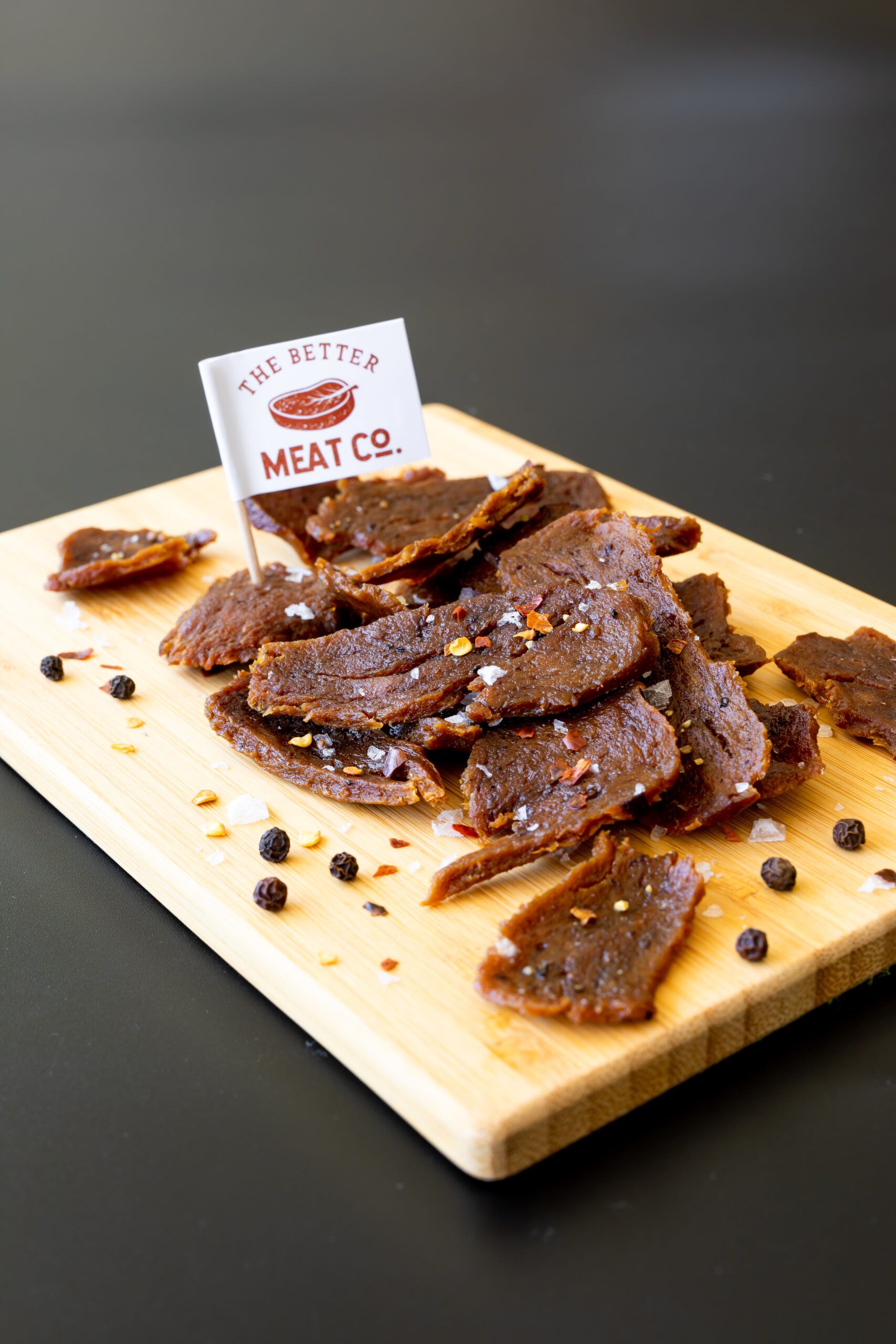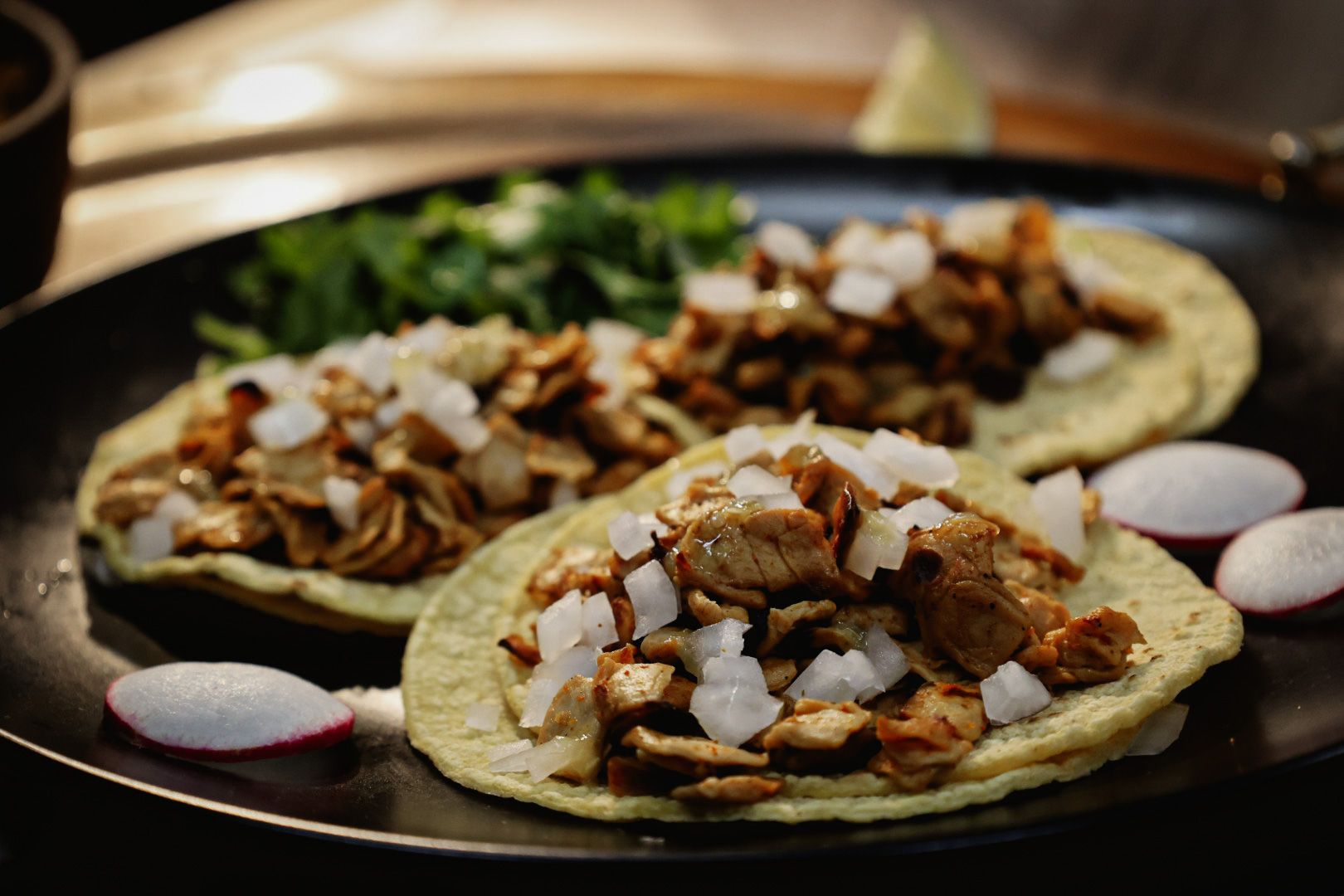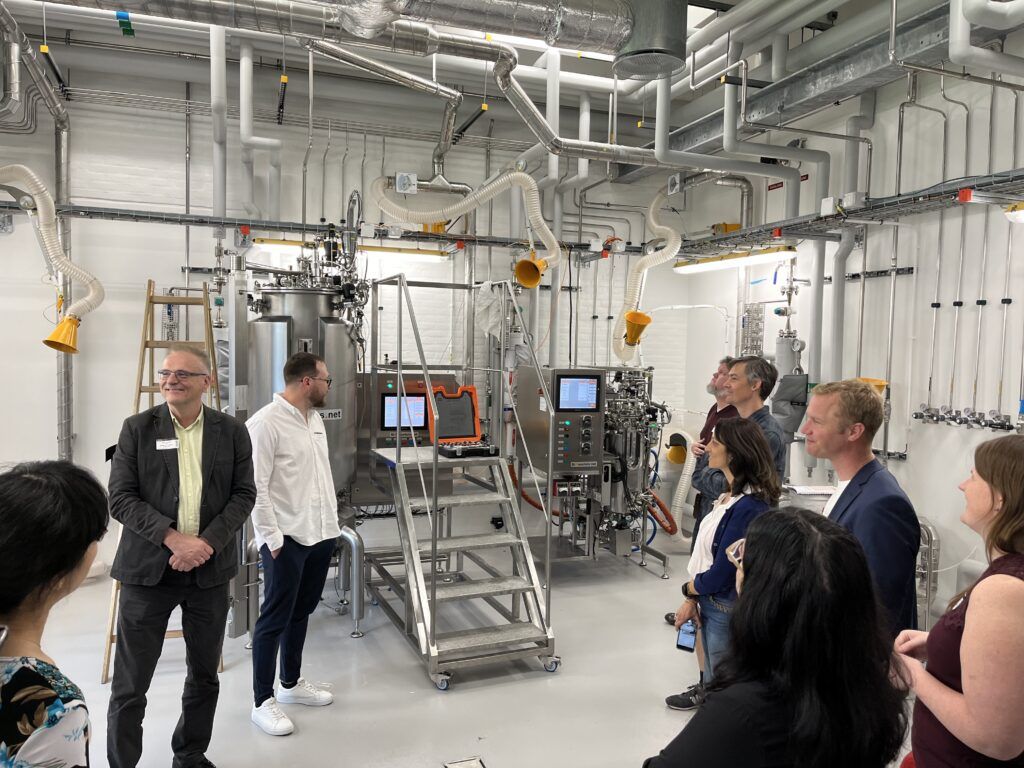How Mycelium-Based Products Are Shaping the Future of Food
Mycelium-based foods are emerging as a game-changing solution with the potential to redefine sustainability, nutrition, and taste in plant-based and hybrid protein markets. Unlike traditional plant proteins that require extensive processing to mimic the texture of meat, mycelium—a fast-growing, fibrous network of fungi—naturally replicates the structure and mouthfeel of animal meat with minimal processing.
It’s becoming clear that this innovation isn’t just another trend—it’s a fundamental shift in how we think about protein production.
A New Frontier in Sustainable Protein
At this year’s Natural Products Expo West, mycelium-based products stood out as some of the most exciting developments on the show floor.
Eric Sirvinskas of Sustainable Food Systems summed it up best in a LinkedIn post:
“The nutrition and climate potential with these foods is massive, and it’s exciting to see how fast things are evolving.”
Unlike conventional plant-based meats, which often rely on pea, soy, or wheat protein isolates, mycelium-based proteins offer a whole-food, clean-label alternative that is naturally high in protein, fiber, and key micronutrients like B vitamins. These benefits, combined with their low environmental footprint, position fungi-based proteins as a major player in the future of sustainable food systems.
The Leaders of the Mycelium Movement
- Nature’s Fynd: Fungi from the Depths of Yellowstone
Nature’s Fynd has taken a scientific approach to fungi-based food innovation, developing its proprietary Fy Protein from a strain of fungi discovered in Yellowstone National Park. Their protein-rich, complete alternative is already making waves in dairy and meat alternatives, offering everything from breakfast patties to dairy-free cream cheese.
- Meati: Whole-Cut Mycelium Steaks and Cutlets
Meati has carved out a niche in the whole-cut meat category, creating steaks, cutlets, and jerkies using 100% mycelium-based ingredients. Their Classic Cutlet and Carne Asada Steak have been particularly well-received for offering the same chew, juiciness, and umami of traditional meat—without the environmental downsides.
- Prime Roots: Reinventing the Deli Counter with Koji-Based Meats
Prime Roots is disrupting the deli meat category with Koji-based hams, turkey, salami, and pâtés that are designed to compete with traditional animal-based cold cuts. Their Black Forest Ham and cracked pepper turkey are already being sold behind the deli counter in select markets, proving that fungi-based meats can be mainstream grocery staples.
- The Better Meat Co.: Mycoprotein for B2B Manufacturing
Unlike other brands developing retail-ready products, The Better Meat Co. is focused on supplying mycoprotein as an ingredient for food manufacturers. Their Rhiza mycoprotein is an all-natural, whole-food ingredient that offers a better texture and mouthfeel than extruded plant proteins, making it an attractive option for brands looking to develop new plant-based or hybrid products.
Why Mycelium-Based Foods Are the Future
- Unmatched Nutrition – Mycelium-based proteins are naturally rich in essential amino acids, fiber, and key vitamins, making them a more complete protein source compared to many plant-based options.
- Minimal Processing – Unlike soy or pea protein isolates, which require heavy processing and additives to create a meat-like texture, mycelium grows in a fibrous, meat-like structure naturally—reducing the need for binders and fillers.
- Superior Taste and Texture – Traditional plant-based meats rely on extrusion and flavor masking to achieve a realistic bite. Mycelium, on the other hand, has a naturally fibrous and umami-rich texture that mimics animal meat with fewer additives.
- Sustainability Advantage – Compared to conventional meat, mycelium requires a fraction of the water, land, and energy to produce, making it one of the most eco-friendly protein sources available.
- Versatility for Retail & Foodservice – Whether in steaks, deli slices, breakfast meats, or hybrid formulations, mycelium-based proteins are proving to be a flexible, scalable, and in-demand ingredient for both retailers and foodservice operators.
These high-quality, sustainable proteins offer a clear advantage over traditional plant-based meats, and retailers, food manufacturers, and foodservice operators that embrace this shift early will have a competitive edge as consumer demand grows.
For buyers, the takeaway is clear: The future of protein isn’t just plant-based—it’s fungi-based. Now is the time to explore how mycelium-based products can fit into your portfolio and menus, ensuring you stay ahead of this groundbreaking food movement.



